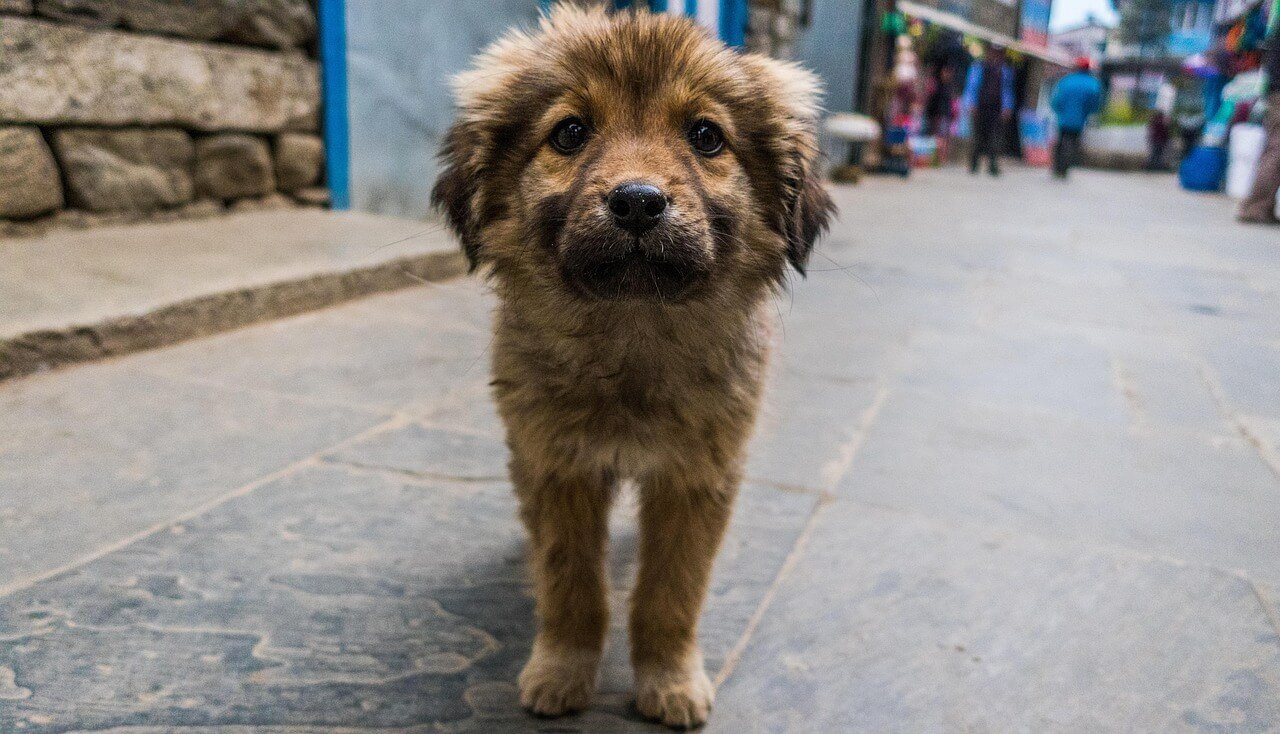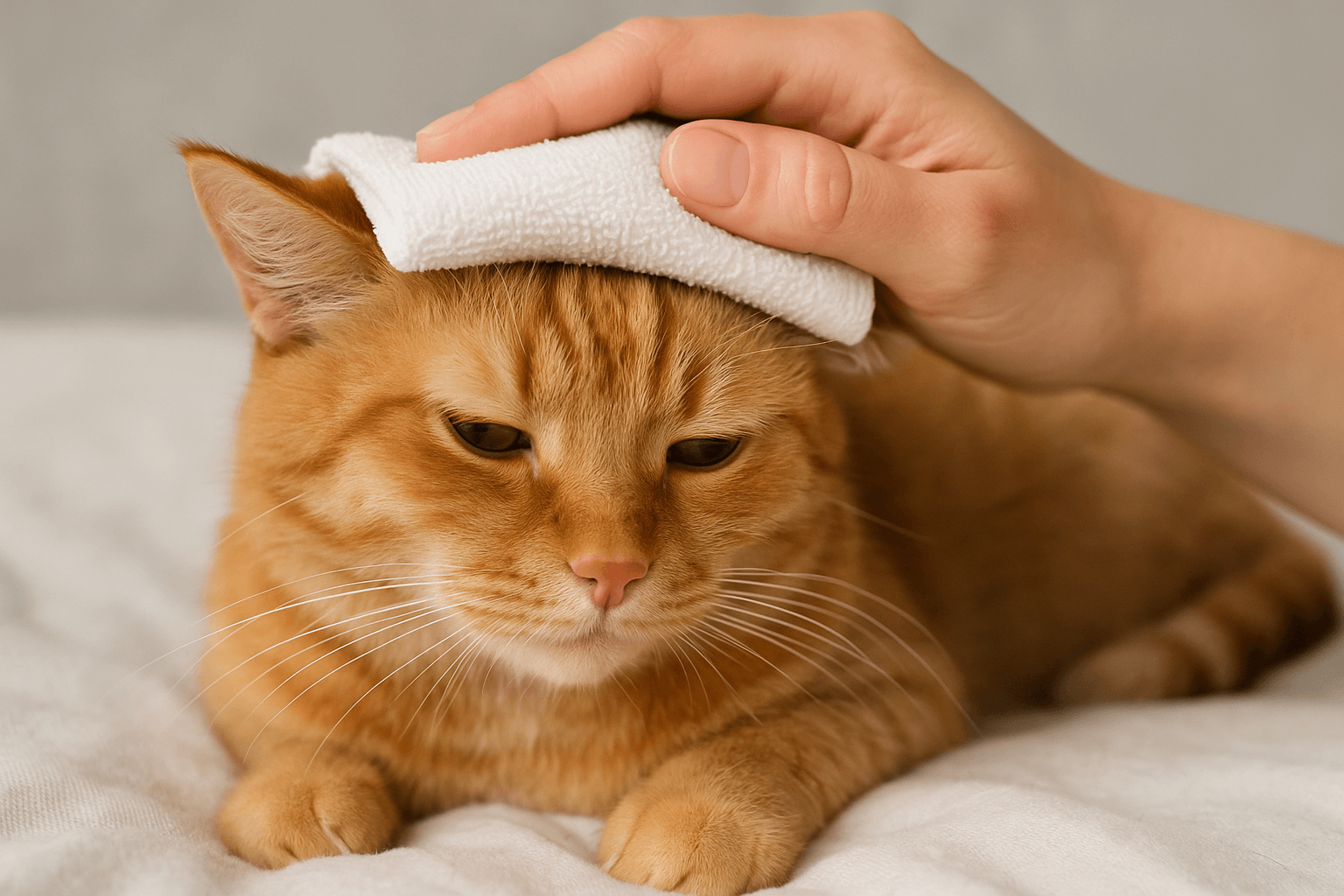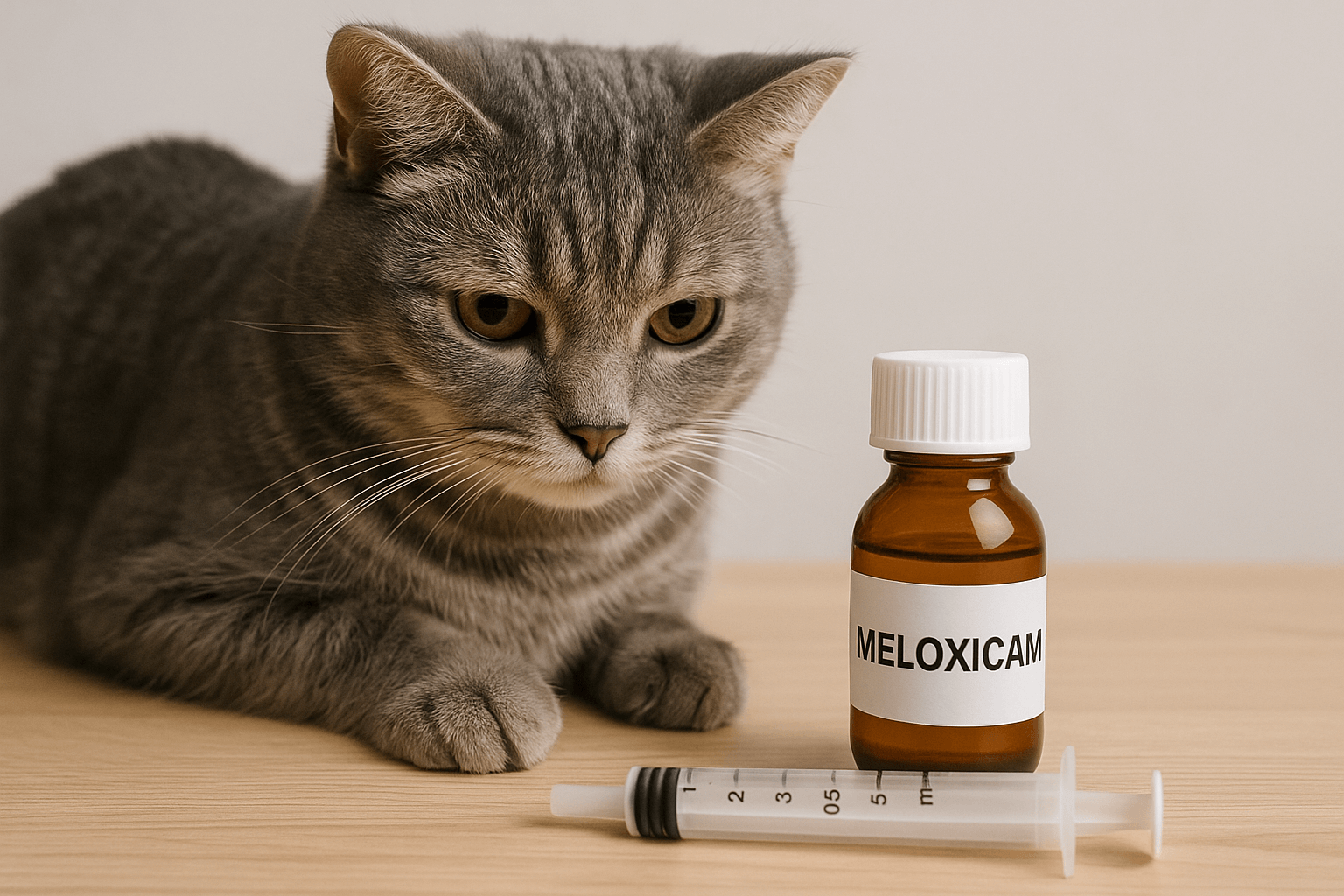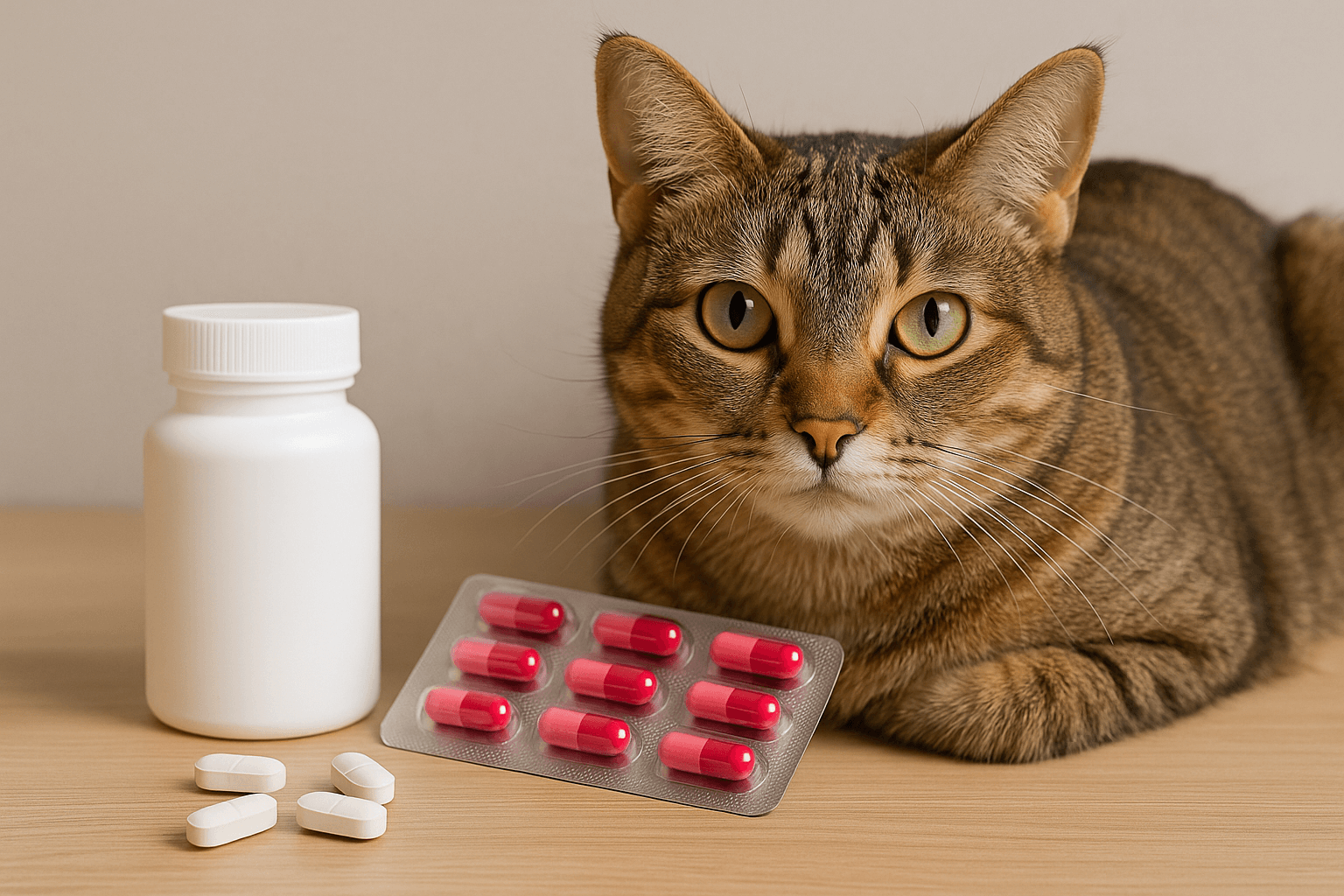Dog Ate Chocolate Chip Cookie: Best 7 Expert Tips!
We’ve all been there—your furry best friend looks up at you with those big, innocent eyes while you’re enjoying a freshly baked chocolate chip cookie. It’s hard to resist sharing a bite of that gooey goodness, but what happens when your dog sneaks one without permission? The thought alone can send shivers down any pet owner’s spine. Dogs and chocolate simply don’t mix, and understanding why is crucial for keeping your four-legged companion safe. In this blog post, we’ll explore the risks of chocolate consumption for dogs, signs to watch out for, and how to handle such situations effectively.
Why Chocolate Is Dangerous for Dogs
Before we delve into what to do if your dog eats a chocolate chip cookie, let’s understand why chocolate poses a threat to our canine friends. While humans enjoy chocolate as a sweet treat, certain compounds in it are toxic to dogs. Here’s a breakdown of the key reasons:
- Theobromine : Chocolate contains theobromine, a compound that dogs metabolize much more slowly than humans. This buildup can lead to toxicity.
- Caffeine : Similar to theobromine, caffeine affects the central nervous system and cardiovascular system in dogs.
- Dark vs. Milk Chocolate : Dark chocolate contains higher levels of theobromine compared to milk chocolate, making it more dangerous.
- Size Matters : Smaller dogs are more susceptible to chocolate poisoning due to their lower body weight.
Understanding these factors helps explain why even a small amount of chocolate can have serious consequences for your pup. If your dog has consumed chocolate, it’s essential to act quickly to ensure their safety.
Signs Your Dog May Have Eaten Chocolate
If you suspect your dog has eaten a chocolate chip cookie—or any chocolate product—it’s important to monitor them closely for symptoms of toxicity. Early detection can make a significant difference in their recovery. Here’s what to look out for:
- Vomiting and Diarrhea : These are common early signs of chocolate ingestion.
- Increased Thirst and Urination : Your dog may drink more water than usual.
- Hyperactivity or Restlessness : Caffeine-like effects can cause unusual energy levels.
- Tremors or Seizures : In severe cases, neurological symptoms may occur.
- Rapid Breathing or Heart Rate : This indicates potential cardiovascular distress.
If you notice any of these signs, it’s time to take action. Contact your veterinarian immediately to discuss the next steps. Remember, every moment counts when dealing with chocolate poisoning.
Expert Opinion: The Importance of Immediate Action
Dr. Emily Carter, a renowned veterinarian with over 15 years of experience in pet toxicology, emphasizes the critical need for swift action when a dog ingests chocolate. “Time is of the essence in cases of chocolate poisoning,” she explains. “Even small amounts can lead to serious complications, so contacting your vet immediately ensures the best possible outcome for your pet.”
Check this guide 👉 Top 5 Durable Dog Bones for Ultimate Chewing Fun!
Check this guide 👉 Top 5 Best Bacon Dog Treats for Ultimate Pawsome Rewards!

Pros and Cons of Sharing Human Food with Dogs
Benefits of Sharing | Risks of Sharing |
|---|---|
Strengthens the bond between you and your dog | Risk of toxicity from harmful ingredients |
Provides variety in their diet | Can lead to obesity or digestive issues |
Allows for creative homemade treats | Reinforces begging behavior |
Convenient during emergencies | Some foods trigger allergies |
What to Do If Your Dog Eats Chocolate
Accidents happen, and if your dog manages to get their paws on a chocolate chip cookie, staying calm and taking immediate action is key. Here’s a step-by-step guide to help you navigate this situation:
- Assess the Situation : Determine how much chocolate your dog consumed and what type it was (dark, milk, white).
- Call Your Vet : Provide details about your dog’s size, breed, and the amount of chocolate ingested.
- Induce Vomiting (if advised) : Only attempt this under veterinary guidance.
- Monitor Symptoms : Keep an eye on your dog for any signs of distress or illness.
- Prevent Future Incidents : Store chocolate and other hazardous foods out of reach.
Acting swiftly can prevent further complications. Remember, prevention is always better than cure when it comes to your dog’s health.
Safe Alternatives to Chocolate Treats for Dogs
If you want to spoil your dog with a tasty treat, there are plenty of safe alternatives to chocolate. These options will satisfy their cravings without putting their health at risk. Consider the following ideas:
- Peanut Butter Cookies : Use dog-safe peanut butter and whole wheat flour for a delicious snack.
- Carrot Muffins : Packed with nutrients, these muffins are both healthy and tasty.
- Frozen Yogurt Bites : Blend plain yogurt with fruits like blueberries for a refreshing treat.
- Banana Oat Bars : A simple recipe using bananas, oats, and a touch of honey.
- Homemade Jerky : Thinly sliced chicken or beef makes a protein-rich reward.
By choosing dog-friendly recipes, you can indulge your pet’s sweet tooth guilt-free. Always check ingredient lists to ensure they’re free from harmful additives.
How to Prevent Your Dog from Eating Chocolate
Preventing your dog from accessing chocolate is the best way to avoid potential health risks. Dogs are curious creatures, and their keen sense of smell can lead them straight to forbidden treats. Here are some practical steps you can take to keep chocolate out of reach:
- Store Chocolate Safely : Keep all chocolate products in sealed containers or high shelves where dogs can’t access them.
- Educate Family Members : Ensure everyone in your household knows not to feed chocolate to your dog.
- Use Pet-Proof Containers : Invest in airtight, pet-proof jars for storing snacks like cookies or candy.
- Supervise During Baking : Be extra cautious when baking with chocolate, as even small spills can attract your dog.
By taking these precautions, you can significantly reduce the risk of accidental ingestion. Prevention is always better than dealing with the aftermath of chocolate poisoning.
Common Household Items That Are Dangerous for Dogs
Chocolate isn’t the only household item that poses a threat to your furry friend. Many everyday objects and foods can be harmful if ingested. Being aware of these hazards can help you create a safer environment for your dog. Here’s a list of common dangers to watch out for:
- Grapes and Raisins : These can cause kidney failure in dogs, even in small amounts.
- Onions and Garlic : These ingredients damage red blood cells, leading to anemia.
- Xylitol (Sugar Substitute) : Found in sugar-free gum and candies, it can cause a rapid drop in blood sugar.
- Household Cleaners : Many cleaning products are toxic if licked or ingested by pets.
- Small Objects : Items like coins, batteries, or toys can cause choking or internal blockages.
Understanding these risks allows you to take proactive measures to protect your dog. Always prioritize safety when it comes to your pet’s surroundings.
Tips for Training Your Dog to Avoid Forbidden Foods
Training your dog to resist temptation is an essential part of responsible pet ownership. While it’s natural for dogs to explore their environment with their mouths, teaching them boundaries can prevent dangerous situations. Here are some effective training tips:
- Teach the “Leave It” Command : Practice this command regularly to help your dog ignore dropped food or items on the floor.
- Reward Good Behavior : Reinforce positive actions with treats or praise to encourage obedience.
- Use Distractions : Redirect your dog’s attention with toys or activities when they show interest in forbidden items.
- Practice Consistency : Ensure all family members use the same commands and rules to avoid confusion.
- Simulate Real-Life Scenarios : Train in environments where your dog might encounter tempting foods, such as the kitchen or dining table.
With patience and consistency, your dog can learn to resist the allure of forbidden foods. Training not only keeps them safe but also strengthens your bond.
FAQ: Addressing Common Concerns About Dogs and Chocolate
How much chocolate is toxic to dogs?
Toxicity depends on the type of chocolate, the dog’s size, and the amount consumed. Even small amounts of dark chocolate can be dangerous.
Can I give my dog white chocolate?
While white chocolate contains less theobromine, it’s still high in fat and sugar, which can upset your dog’s stomach.
What should I do if my dog eats chocolate late at night?
Contact an emergency vet or a pet poison hotline for advice. Don’t wait until morning.
Are there long-term effects of chocolate poisoning?
With prompt treatment, most dogs recover fully. However, untreated cases can lead to kidney damage or heart problems.
How can I stop my dog from eating forbidden foods?
Train your dog with commands like “leave it” and keep harmful items securely stored away.
Final Thoughts: Prioritizing Your Dog’s Health
In conclusion, while the image of a dog enjoying a chocolate chip cookie might seem adorable, the reality is far from it. Chocolate poses significant risks to dogs, and being aware of these dangers is the first step toward responsible pet ownership. By educating yourself about safe alternatives and recognizing the signs of chocolate poisoning, you can ensure your furry friend stays happy and healthy. Remember, a well-informed owner is a dog’s greatest ally. So, the next time those puppy-dog eyes beg for a bite of your cookie, opt for a safer treat instead—you’ll both be glad you did.
Cat Fever Treatment: Best 7 Expert Tips! Discover expert advice on identifying, managing, and treating fever in cats to ensure their quick recovery and well-being.
Understanding Meloxicam for Cats: Best 7 Expert Tips! Learn how to safely administer meloxicam, manage side effects, and ensure your cat's comfort with expert advice on feline pain relief.
Amoxicillin for Cat UTI: Best 7 Expert Tips! Discover safe usage, dosage guidelines, and expert advice on treating feline urinary tract infections effectively with amoxicillin.
Understanding Cat Cancer Treatment: Best 7 Expert Tips! Discover expert advice on managing feline cancer, from early detection to treatment options, ensuring your cat’s health and comfort.





